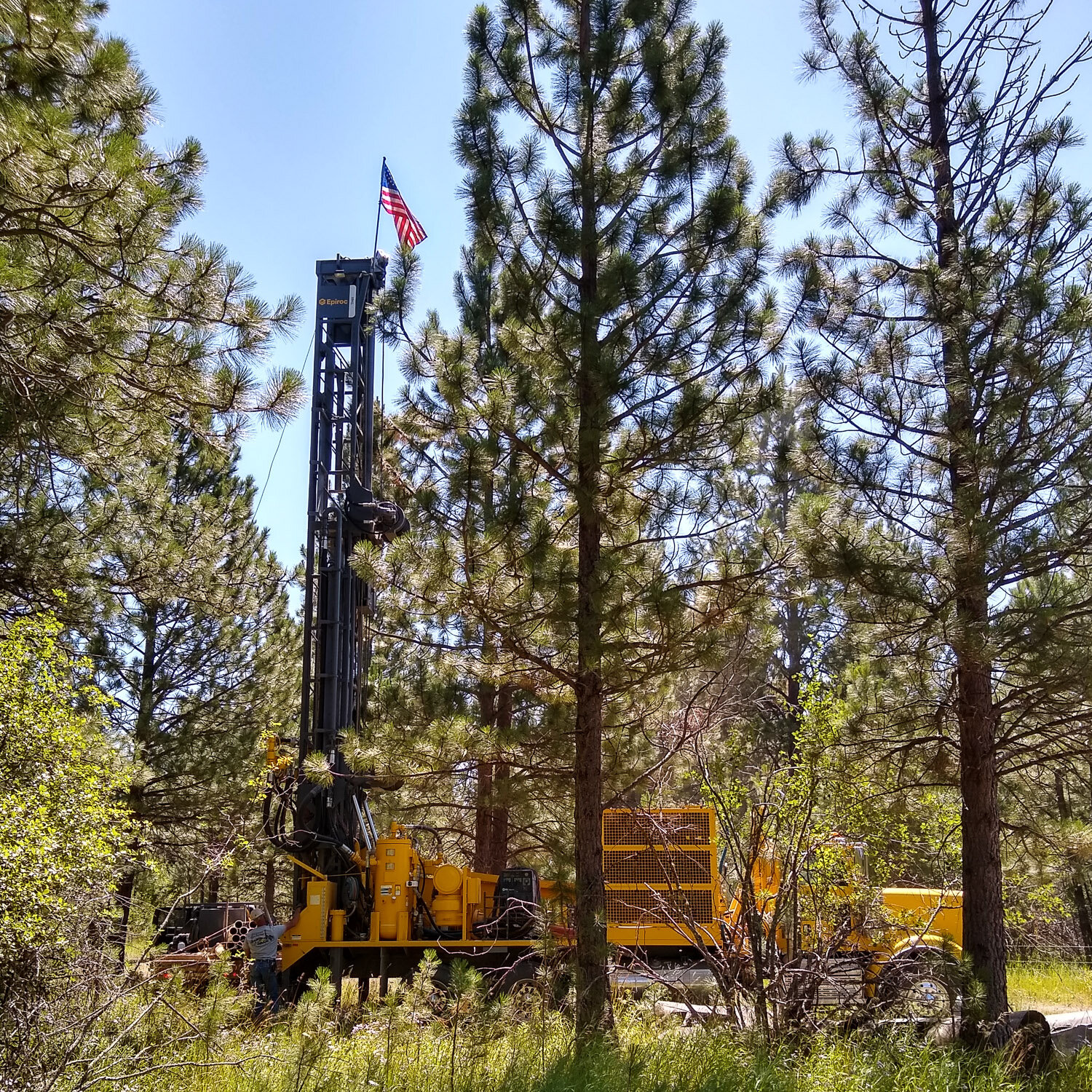HBM124: Banana Softies
/Graphic by Jeff Emtman
“Gene” says it started because he wanted to be a veterinarian. So he took a job as a research associate at a vivarium that studied cancer drugs. He was often alone in the lab at night with hundreds or thousands of research animals around him. The monkeys were his favorite, especially the rhesus macaques. He loved to give them treats, play movies and Celine Dion for them. And sometimes he’d lean up against the cages to let his monkey friends groom him. He knew the work would be hard, but he believed his was justified because the primate research helped people in the long run.
Content Note:
Animal euthanasia and language
In his two years at the lab, Gene radiated a lot of monkeys. He and his colleagues studied the deteriorating effects of radiation and the side effects of experimental cancer drugs seeking FDA approval. Once a monkey became too sick and lethargic, it was Gene’s job to euthanize them. He would hold them as they died and tell them he was sorry.
After one study with a particularly high radiation doses, Gene found himself alone again in a lab late at night, euthanizing more monkeys and thinking to himself, “Those were my friends... Those were my fucking friends.” These words became the screamed lyrics to the unfinished, unpublished song that Gene performs in this episode.
Gene left the job shortly after writing the song, but he still works in medical research. He no longer performs euthanizations.
Have a story to share with us? Call our voicemail line (765) 374-5263 or send us an email.
Producer: Bethany Denton
Editor: Jeff Emtman
Music: The Black Spot and “Gene”
Gene says that the monkeys enjoyed watching this adaptation of Romeo and Juliet.
An island in South Carolina where rhesus macaques are bred for scientific study































